125 years of impact: MSU's Department of Microbiology, Genetics, & Immunology
Celebrating 125 years of scientific firsts, pioneering research and transformative education
Michigan State University’s Department of Microbiology, Genetics, & Immunology, or MGI, recently commemorated a remarkable milestone: 125 years of pioneering research, transformative education and enduring global impact. What began in 1900 as the Department of Bacteriology and Farm Hygiene has grown into a world-renowned hub of scientific innovation and interdisciplinary collaboration.
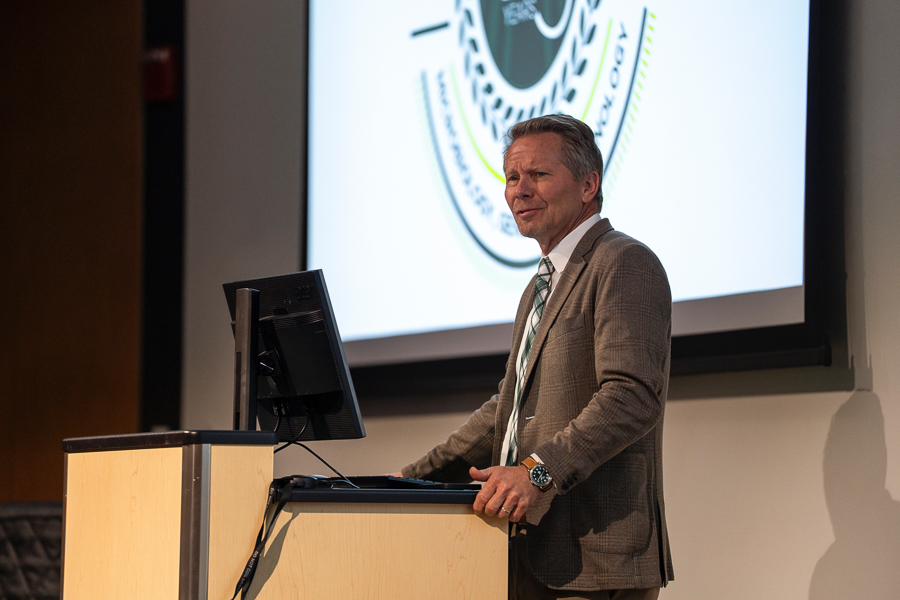
In honor of this landmark occasion, the department hosted the Whittam-Brubaker Symposium on October 17. The event kicked off with a welcome from President Kevin Guskiewicz followed by talks from two invited speakers, David Relman of Stanford University and Karla Satchell of Northwestern University.
Additionally, the MSU Main Library is currently hosting an exhibit about MGI’s history and research. The exhibit is located on 3 West and will run through January.
A legacy of scientific firsts
In 1902, MSU built the first free-standing building devoted to bacteriology teaching and research in the country. That building, now known as Marshall Hall, still stands in north campus and takes its name from the department’s inaugural chairperson, Charles Marshall.
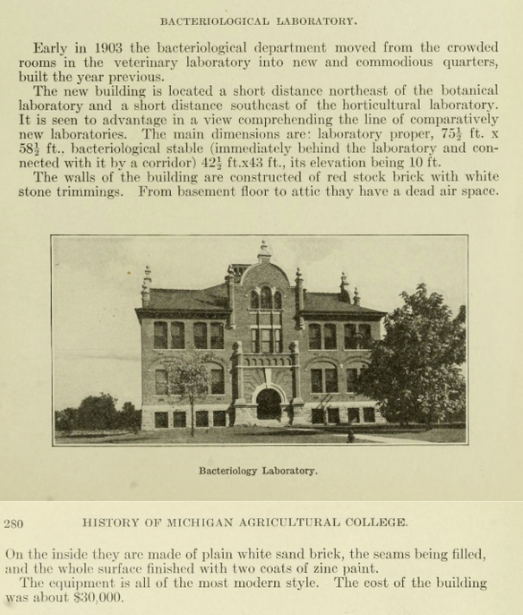

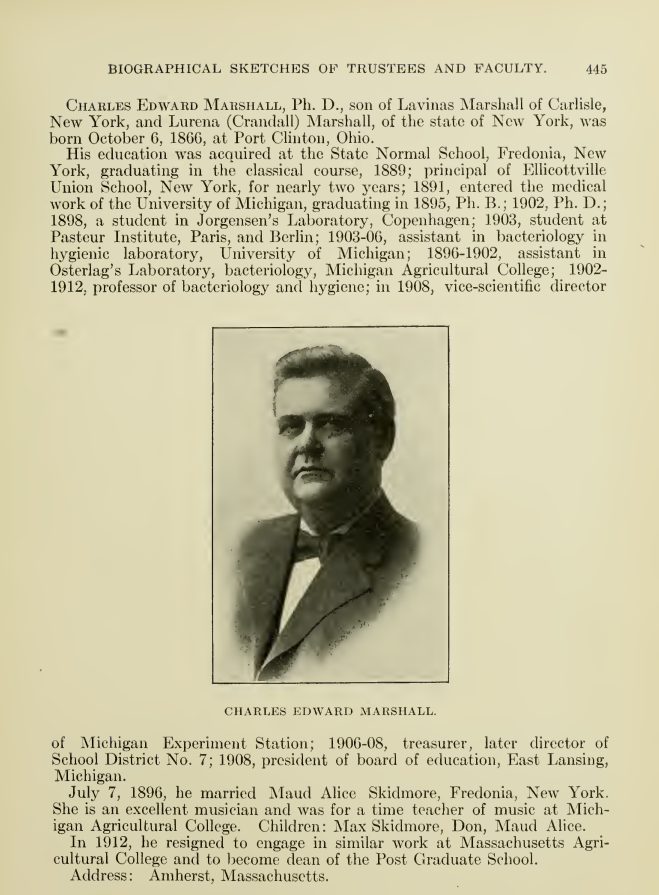
By 1914, the department had earned national recognition for its state-of-the-art bacteriology labs and its development of the hog cholera vaccine — a breakthrough that not only protected livestock but also funded future research and training.
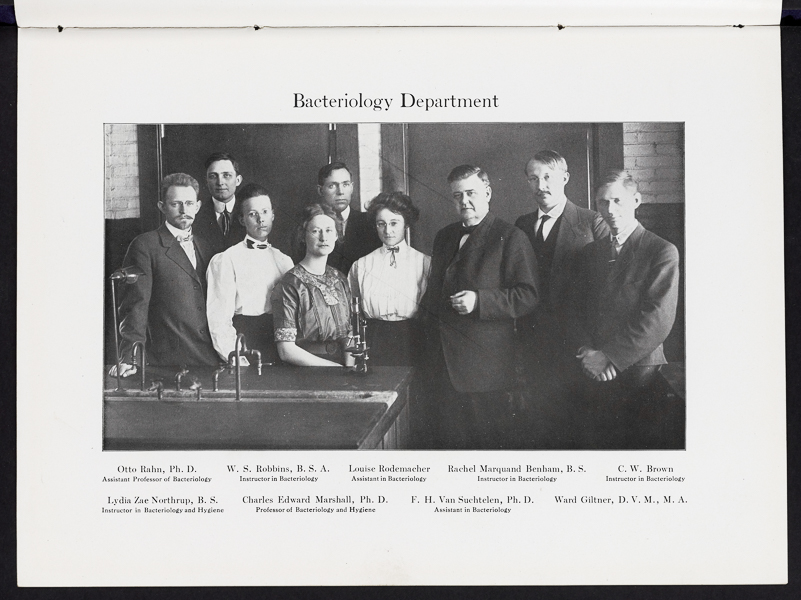
In 1912, Marshall left the university, and Ward Giltner was appointed department chair, a position in which he served for 35 years. For the last 24 of those years, he also served as the Dean of the College of Veterinary Medicine, and in 1954, when a new building was constructed to house the growing department, it was named for Giltner.
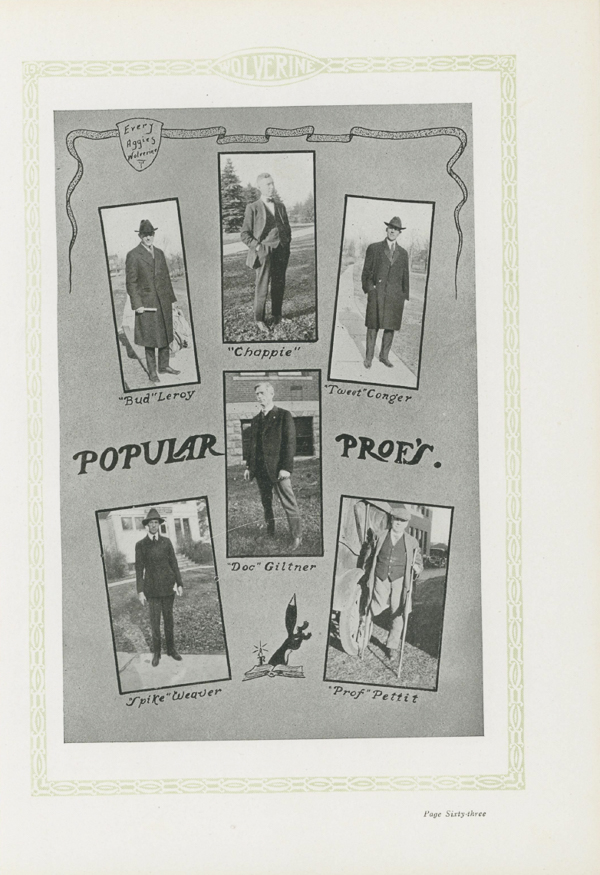
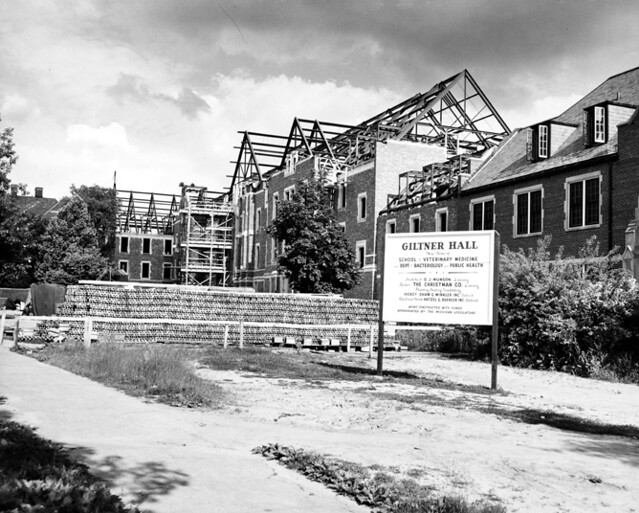
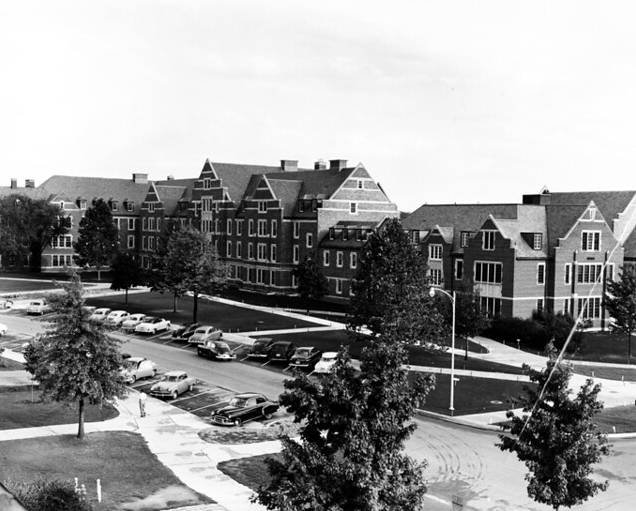
The department moved into newly-constructed Giltner Hall in 1954.
In 1959, Marvis Richardson, an Associate Professor in the department, won the department’s first NSF grant, which she used to study Brucella. When she retired in 1972, she was one of two women in the department out of 55 faculty members.
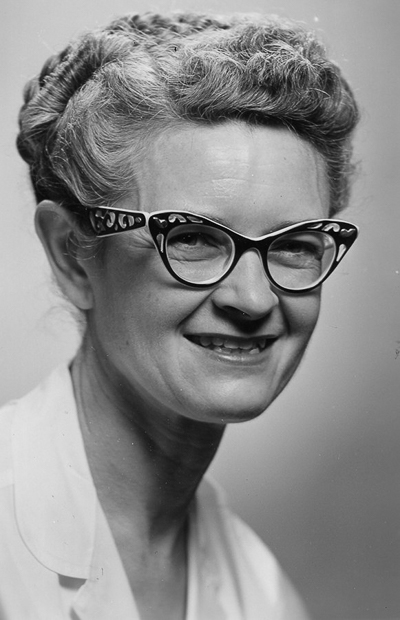
Photo courtesy of MSU Archives
The first woman to receive tenure in the department was Sister Veronica Mary Maher, IHM, who joined the faculty in 1976 and co-founded the Carcinogenesis Laboratory. She was promoted to full professor in 1980 and eventually was awarded a University Distinguished Professorship.
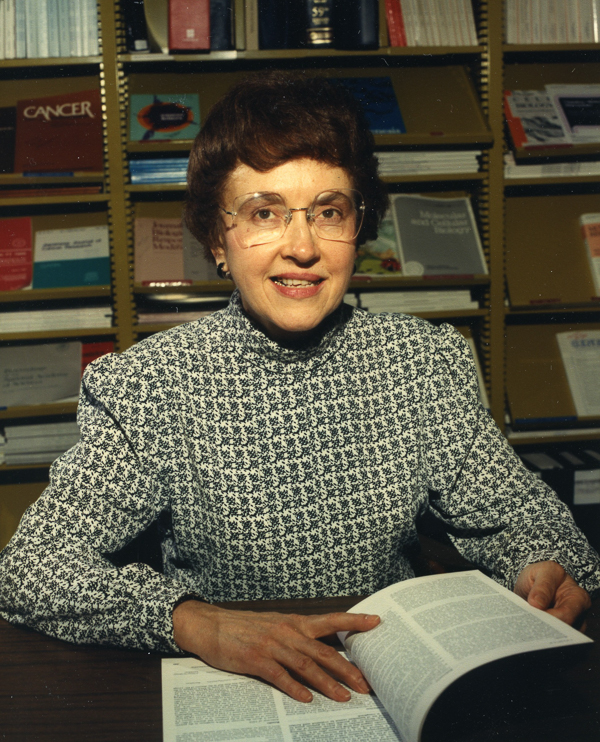
Over the decades, the department expanded its scope to include microbial ecology, systematics and evolutionary biology. In 1987, James Tiedje founded the Center for Microbial Ecology, or CME, one of the first National Science Foundation Science and Technology Centers, or NSF STC. CME united scientists across disciplines to study microbial communities and their roles in ecosystems, pioneering genomic and metagenomic tools that revolutionized the field. Tiedje’s contributions earned him election to the National Academy of Sciences, the American Academy of Arts & Sciences and the Chinese Academy of Sciences.

Evolution in Action

In 2010, MSU launched the BEACON Center for the Study of Evolution in Action, another NSF STC that brought together biologists, computer scientists, and engineers to study evolution in real time. Central to BEACON is the Long-Term Evolution Experiment, or LTEE, initiated by Richard Lenski in 1988. The LTEE has tracked over 82,000 generations of E. coli, offering unprecedented insights into mutation and adaptation. It has trained a generation of scientists, including American Society for Microbiology President-Elect Vaughn Cooper, and continues to inspire researchers worldwide.
Jeffrey Barrick recently joined MSU to carry the LTEE forward, ensuring that this landmark project continues to evolve in new and exciting directions.
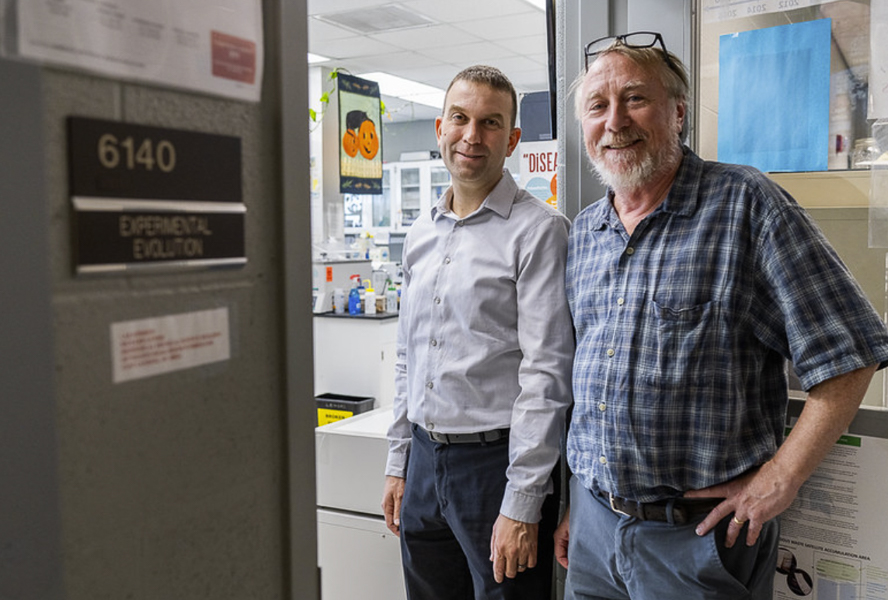
The department has also led groundbreaking work in microbial pathogenesis through the NIH-supported Microbiology Research Unit and the Enteric Disease Investigational Network. Led by Thomas Whittam, Linda Mansfield and Shannon Manning, these programs have deepened our understanding of bacterial pathogens and gut microbiota while training the next generation of infectious disease researchers.
Educating the Next Generation
MGI’s impact reaches beyond the lab. The department graduated its first M.S. student in 1915 and first Ph.D. in 1925. Today, MGI teaches more than 3,000 students annually and serves as a shared resource for four colleges: Human Medicine, Osteopathic Medicine, Natural Science and Veterinary Medicine. It has built partnerships with institutions such as Bennett College and Henry Ford Hospital and supports outreach programs that bring microbiology into K–12 classrooms, including Flint Public Schools.

The department’s alumni include Nobel Laureate Alfred Hershey, who earned his Ph.D. in 1934 and later confirmed DNA as the genetic material of life through the Hershey-Chase experiment. Other distinguished alumni include virology pioneer Edith Hsiung and industrial microbiologist Arnold Demain.
The department has also helped shape the field through leadership in professional societies. Three MSU faculty have served as President of the American Society for Microbiology, including Tiedje and current department chair Victor DiRita. Gemma Reguera, Editor-in-Chief of Applied and Environmental Microbiology, has championed equity and access across the discipline.
“To the faculty, staff, students, alumni and partners — thank you,” said President Guskiewicz in his opening remarks. “Your dedication, creativity, and courage have made this milestone possible.”
- Categories: